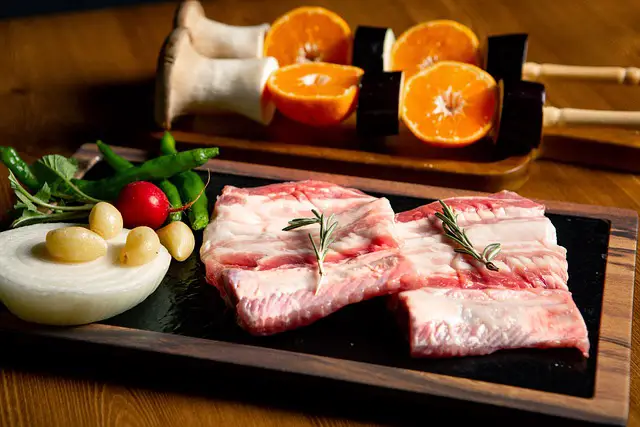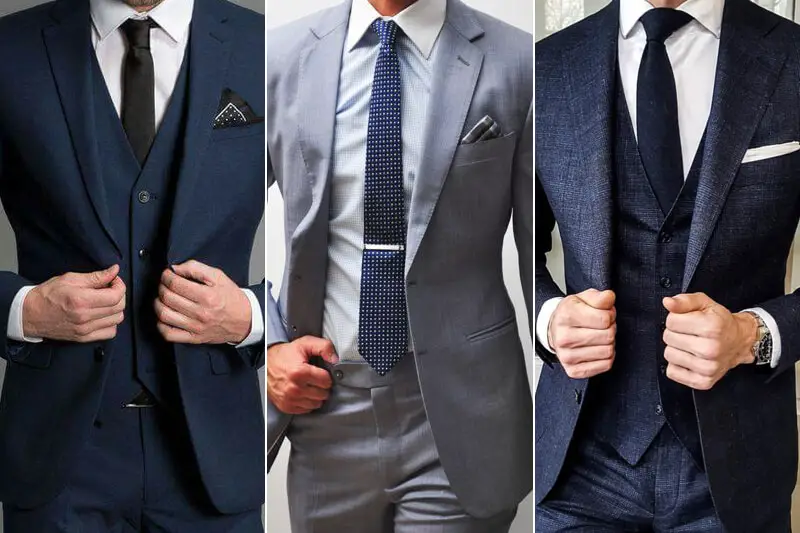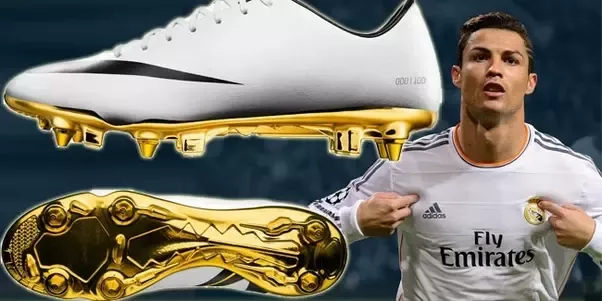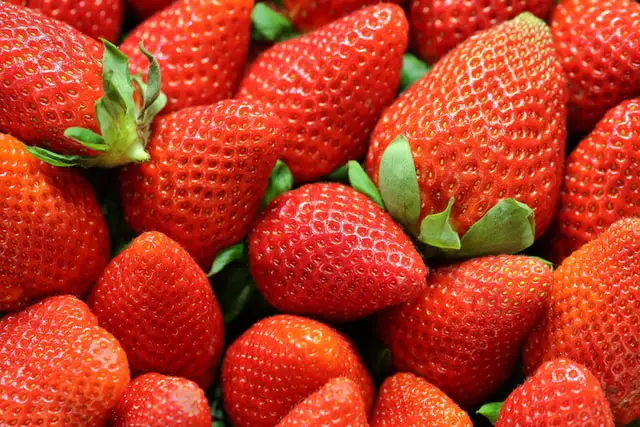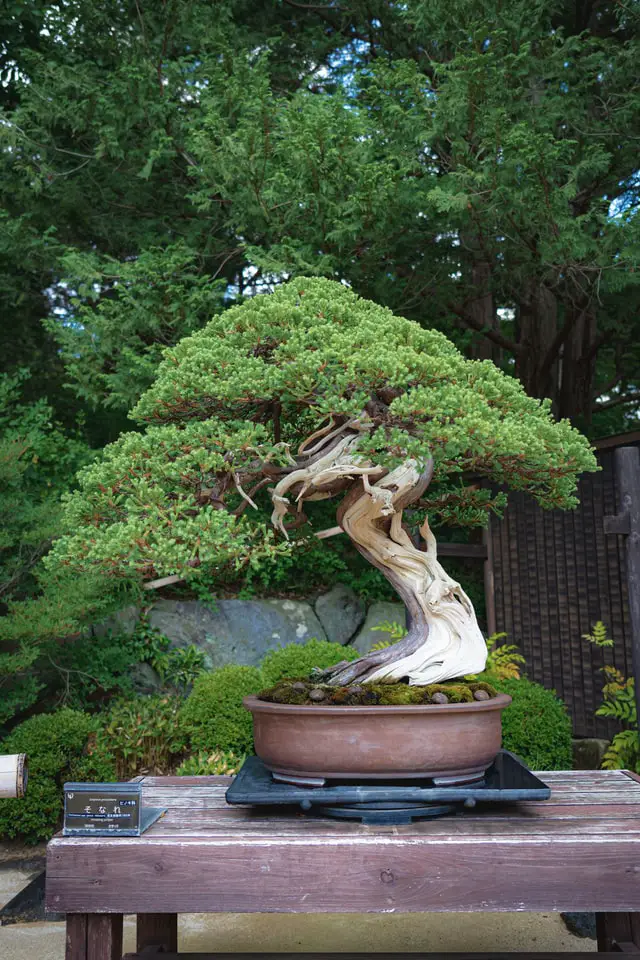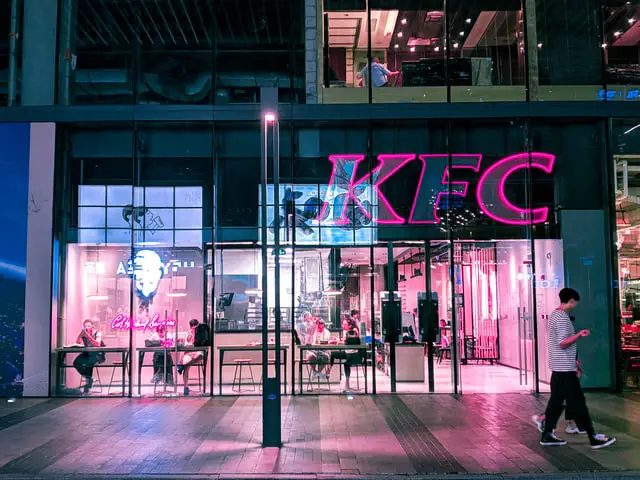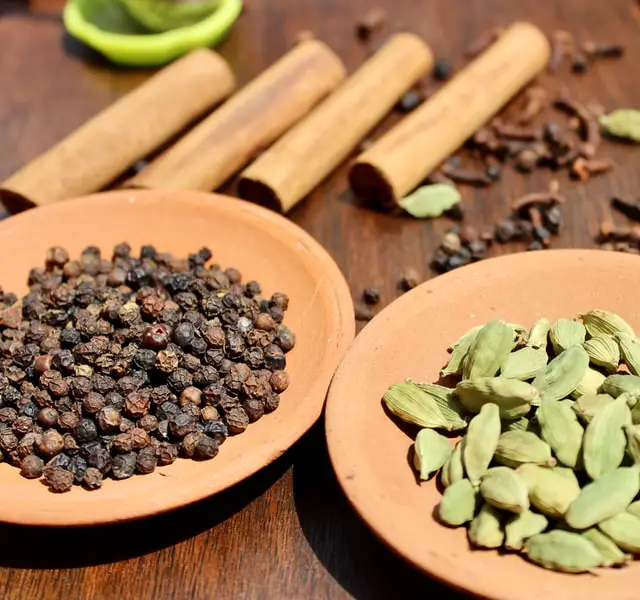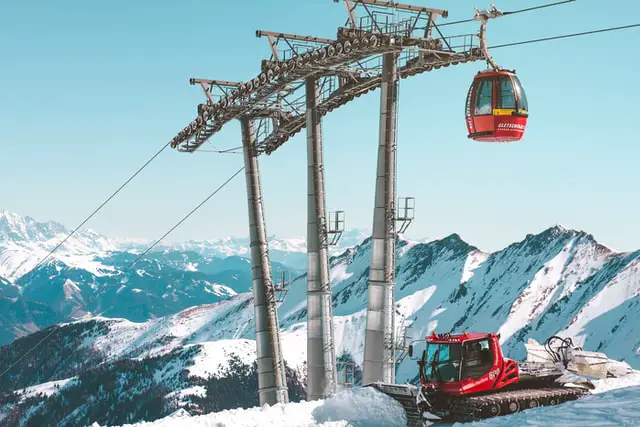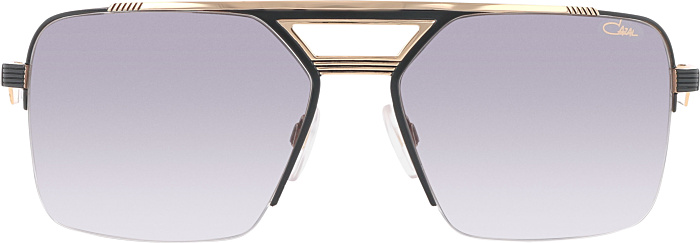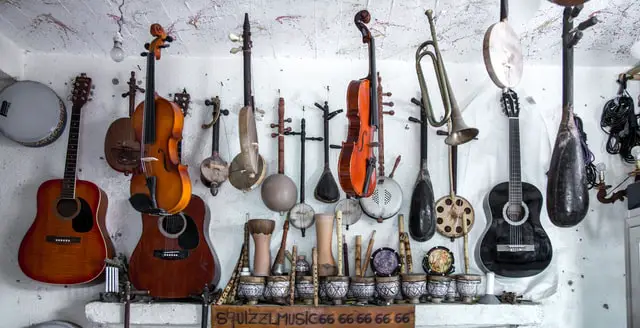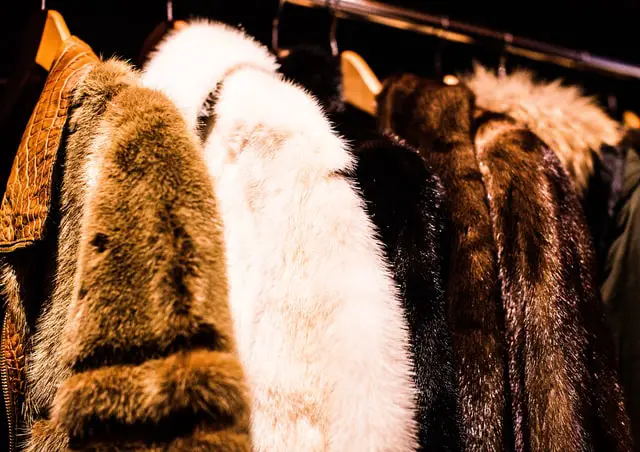Why Are Short Ribs So Expensive? Is Short Rib an Expensive Cut of Meat?
Short ribs are considered expensive due to their rising popularity and demand in restaurants and home cooking. Once viewed as a lesser cut, they are now sought after for their rich flavor and tenderness when cooked properly. Prices can vary widely, but you can expect to pay anywhere from $6 to $12 per pound or more, depending on quality and location.
What Is Special About Short Ribs?
Short ribs are special because they offer a unique combination of flavor and texture. They have a good amount of marbling and connective tissue, which breaks down beautifully during slow cooking, resulting in tender, flavorful meat. This makes them perfect for braising, grilling, or slow-roasting.
Are Beef Short Ribs Worth It?
Beef short ribs can definitely be worth the price if you enjoy rich, flavorful dishes. Their unique taste and tender texture make them a favorite for many. While they may be pricier than other cuts, the experience of enjoying well-cooked short ribs can justify the cost.
What Is a Cheaper Alternative to Short Ribs?
If you’re looking for a more budget-friendly option, consider using beef chuck or brisket. These cuts are often less expensive and can provide similar flavors when cooked slowly. They also contain enough connective tissue to become tender with proper cooking.
Are Short Ribs Healthy?
Short ribs are relatively high in fat and calories compared to leaner cuts of beef. While they can be part of a balanced diet, moderation is key. Enjoying them occasionally as part of a varied diet is a good approach.
How Many Short Ribs for 2 People?
A good rule of thumb is to plan for about 1 pound of short ribs per person. For two people, aim for around 2 pounds total. Keep in mind that short ribs will shrink during cooking due to fat rendering.
Why Are My Beef Short Ribs So Tough?
Tough short ribs often result from not cooking them long enough or at too high a temperature. Since they contain a lot of connective tissue, they need slow cooking at low temperatures to become tender.
Do Short Ribs Get More Tender the Longer You Cook Them?
Yes, short ribs generally become more tender the longer you cook them. Slow braising allows the collagen in the meat to break down into gelatin, enhancing both tenderness and flavor.
Are Short Ribs Served Rare?
Short ribs are typically not served rare; they are best when cooked low and slow until tender. The ideal internal temperature for serving is around 200°F, which ensures that the meat is fully cooked and tender.
Can I Overcook Beef Short Ribs?
While short ribs benefit from long cooking times, it is possible to overcook them. If left unattended for too long, they may become dry instead of tender. Monitoring the cooking process is essential.
Is Brisket Cheaper Than Short Ribs?
Brisket is often less expensive than short ribs on a per-pound basis, but prices can vary based on market conditions and demand. It’s worth checking local prices to find the best deal.
Is Short Rib a Tough Cut?
Short ribs are not inherently tough; rather, they require proper cooking techniques to become tender. When prepared correctly through methods like braising or slow roasting, they transform into a flavorful dish.
What Are Short Ribs Called in Grocery Store?
In grocery stores, you may find short ribs labeled as “beef short ribs,” “chuck short ribs,” or “short plate ribs.” The specific name can vary based on where the cut comes from on the animal.
What Makes Short Ribs Special?
Short ribs stand out due to their rich flavor and versatility in cooking methods. They can be used in various cuisines and prepared in numerous ways—from braising to grilling—making them a favorite among chefs and home cooks alike.
How Do You Buy Good Short Ribs?
When buying short ribs, look for cuts with good marbling and a decent amount of meat on top of the bones. Freshness is key; avoid any that appear discolored or have an off smell. If possible, ask your butcher for recommendations on selecting quality cuts.
Why Do You Soak Short Ribs?
Soaking short ribs in water helps remove excess blood and impurities before cooking. This step is optional but can enhance flavor by creating a cleaner taste profile.
Why Are My Short Ribs Not Tender in the Crockpot?
If your short ribs aren’t tender after being cooked in a crockpot, it may be due to insufficient cooking time or not enough liquid in the pot. Make sure you have enough moisture to facilitate proper braising.
Why Are My Braised Short Ribs Chewy?
Chewy braised short ribs usually indicate that they haven’t been cooked long enough or at the right temperature. Ensure you allow sufficient time for the connective tissues to break down fully during cooking.
Can You Put Too Much Liquid in Short Ribs?
Yes, using too much liquid can dilute flavors when braising short ribs. It’s essential to strike a balance—enough liquid to keep the meat moist but not so much that it overwhelms the dish’s flavor profile.
How Do You Tenderize Short Ribs?
To tenderize short ribs effectively, consider marinating them before cooking or using techniques like slow braising at low temperatures. Cooking them with acidic ingredients like vinegar or citrus can also help break down tough fibers.
Can You Overcook Short Ribs in a Slow Cooker?
While slow cookers are forgiving, it’s still possible to overcook short ribs if left unattended for too long. Monitor cooking times carefully to ensure they remain tender without becoming dry.
Why Is My Beef Still Tough After 4 Hours in the Slow Cooker?
If beef remains tough after four hours in a slow cooker, it may require more time or higher heat settings. Additionally, factors like cut quality and initial preparation can affect tenderness outcomes.
Do You Have to Sear Short Ribs Before Slow Cooking?
Searing short ribs before slow cooking is not mandatory but highly recommended as it enhances flavor through caramelization. This step adds depth to your dish by creating a richer taste profile.
Can You Braise Short Ribs Too Long?
Braising short ribs too long can lead to dryness if moisture levels drop excessively during cooking. It’s crucial to monitor liquid levels while ensuring adequate cook time for tenderness.
How Much Liquid Do You Use to Braise Short Ribs?
A good rule of thumb is to use enough liquid to cover about one-third to half of the meat’s height when braising short ribs. This ensures proper moisture without overwhelming flavors.
Is Braised Short Rib Bad for You?
Braised short rib isn’t inherently bad; however, it’s higher in fat compared to leaner cuts of beef. Enjoying it occasionally as part of a balanced diet is advisable rather than consuming it regularly in large quantities.
Does Cooking Short Ribs Longer Make Them More Tender?
Yes, longer cooking times generally increase tenderness as collagen breaks down into gelatin during the process. Just be cautious not to overcook them beyond their optimal texture point.
How Do You Keep Short Ribs Moist?
To keep short ribs moist during cooking, ensure you have enough liquid in your braising pot and maintain low temperatures throughout the process. Covering them while cooking also helps retain moisture effectively.
What Causes Short Ribs to Be Tough?
Toughness in short ribs often stems from undercooking or using high heat methods that do not allow collagen breakdown. Proper slow cooking techniques are essential for achieving tenderness.
How To Know If Short Ribs Are Done?
Short ribs are done when they reach an internal temperature around 200°F and feel tender when pierced with a fork. The meat should easily pull away from the bone without resistance.
How Long To Braise Short Ribs at 350 Degrees?
When braising at 350°F (175°C), expect short ribs to take about 2-3 hours until they reach optimal tenderness. Adjust timing based on thickness and size of the cut as needed.
Why Do You Soak Short Ribs in Water?
Soaking helps remove excess blood and impurities from the meat before cooking, which can enhance overall flavor by providing a cleaner taste profile during preparation.
What Is The Best Temperature To Cook Short Ribs?
The best temperature for cooking short ribs is low and slow—typically around 250°F (121°C) for optimal tenderness through methods like braising or slow roasting.

